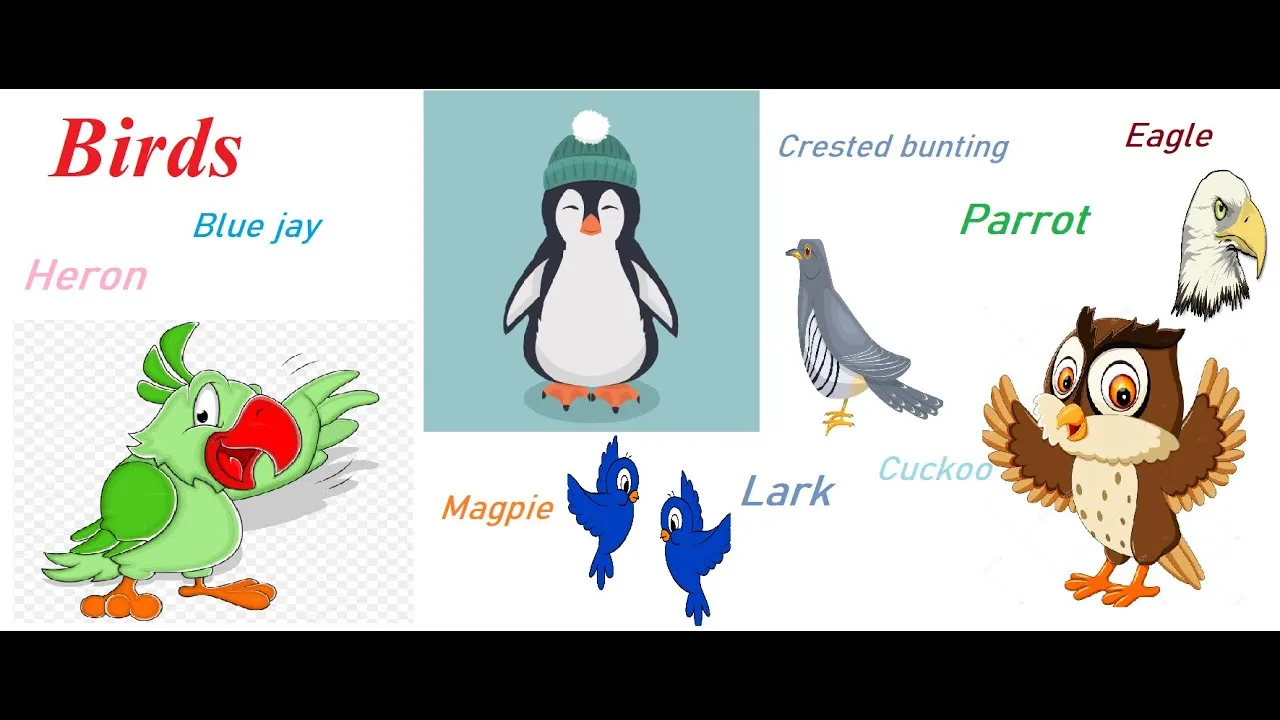What is a Bird-Eating Tarantula?
Bird-eating tarantulas are a group of large, hairy spiders belonging to the Theraphosidae family. Despite their name, these spiders rarely eat birds. Their diet primarily consists of insects, but they are opportunistic predators and will consume other invertebrates and small vertebrates if the opportunity arises. These fascinating arachnids are native to tropical regions worldwide, including South America, Central America, and parts of Asia. They are known for their impressive size and can be quite a sight to behold. These spiders are not typically aggressive, but they will defend themselves if they feel threatened. Their bite, while painful, is not usually life-threatening to humans, but their urticating hairs can cause irritation. Watching these creatures on YouTube gives a glance into a world often unseen.
Size and Appearance of Bird-Eating Tarantulas
Bird-eating tarantulas are among the largest spiders in the world, with some species reaching a leg span of over 12 inches. Their bodies are covered in dense hairs, which can vary in color depending on the species, ranging from brown and black to red and orange. Their massive size and striking appearance make them a favorite subject for nature documentaries and, of course, YouTube videos. These spiders have eight eyes, arranged in two rows, allowing them to detect movement and changes in light. They also possess large fangs, used to inject venom into their prey. The size of the fangs is proportional to the spider’s overall size, making them look even more intimidating. Different species also exhibit variations in body shape and the pattern of hairs, adding to their diverse appearance.
Identifying Bird-Eating Tarantulas

Identifying a bird-eating tarantula involves a combination of factors, including size, color, and the presence of certain physical characteristics. The most obvious sign is their large size, which readily separates them from most other spider species. The color of the hairs can also be a good indicator, with species like the Goliath birdeater showing a deep brown coloration. Observing the spider’s behavior, such as its defensive posture or its method of hunting, can provide additional clues. Furthermore, the geographical location where the spider is found can help narrow down the possibilities, as different species are native to specific regions. For example, the Goliath birdeater is found in the rainforests of northern South America. Careful observation and comparison with reliable field guides or online resources are essential for accurate identification.
Where Bird-Eating Tarantulas Live
Bird-eating tarantulas primarily inhabit tropical and subtropical regions. Their preferred habitats are typically warm and humid, such as rainforests, grasslands, and savannas. They are often found in burrows, under logs, or in other sheltered areas, where they can ambush their prey. The specific habitat varies depending on the species, but most require a moist environment to thrive. These spiders are not well-suited to cold climates and cannot survive freezing temperatures. They are primarily terrestrial, meaning they live on the ground, though some species may occasionally climb trees or other elevated structures. Understanding their habitat helps in understanding their behavior and how they obtain food. Watching videos on YouTube will often showcase their natural habitat.
Bird-Eating Tarantulas Behavior
The behavior of bird-eating tarantulas is complex and fascinating. They are generally nocturnal hunters, meaning they are most active at night. They typically ambush their prey, waiting patiently for an unsuspecting insect or small animal to come within striking distance. They have a defensive posture when threatened, raising their front legs and exposing their fangs. Many species also have urticating hairs, which they can flick off their abdomen as a defense mechanism. These hairs can cause intense irritation to the skin and eyes of potential predators. They spend most of their lives in burrows or other sheltered areas. They are solitary creatures, except during mating season. Their behavior can be observed in many videos on YouTube, offering insights into their lives.
Bird-Eating Tarantula Diet

Despite their name, bird-eating tarantulas rarely consume birds. Their diet primarily consists of insects, such as crickets, beetles, and cockroaches. They also eat other invertebrates, like centipedes and millipedes, and small vertebrates, such as lizards and mice, when available. They inject venom to paralyze their prey before consuming it. Their strong chelicerae (fangs) allow them to crush and consume their meals. They typically do not eat every day, often going for weeks without food. The size of the prey depends on the size of the spider, with larger tarantulas capable of taking down bigger animals. The diet varies slightly depending on the species and the availability of food in their habitat, but insects form the bulk of their meals. Videos on YouTube often show these spiders feeding.
Top 5 YouTube Videos of Bird-Eating Tarantulas
The world of bird-eating tarantulas is well-documented on YouTube, with countless videos showcasing their behavior, feeding habits, and overall magnificence. Here are five of the most captivating videos on the platform, offering viewers a thrilling glimpse into the lives of these impressive arachnids. From close-up encounters to dramatic hunts, these videos provide an excellent introduction to the world of bird-eating tarantulas, providing educational insights and plenty of visual excitement for anyone interested in wildlife and nature documentaries. Be sure to check them out, but always with a healthy respect for these creatures.
Video 1 Overview
This video provides a comprehensive overview of a specific species of bird-eating tarantula, showcasing its size, habitat, and feeding habits. It features stunning footage of the spider in its natural environment, highlighting its impressive size and unique characteristics. The video includes close-up shots of the spider hunting and consuming prey, providing a detailed look at their hunting strategies. The narrative explains the spider’s role in the ecosystem and the threats it faces. It is an excellent starting point for anyone interested in learning more about these spiders. The video often features an expert who provides valuable context and insights into the spider’s behavior.
Key moments from Video 1

- Close-up of the spider’s fangs
- The spider hunting and capturing a cricket
- The spider’s defensive posture when threatened
- The spider molting process
Video 2 Overview
Video 2 features a compilation of various bird-eating tarantula species, focusing on their diversity in size, color, and behavior. It offers a side-by-side comparison of different species, highlighting their unique characteristics and adaptations. The video includes footage of the spiders in various environments, showcasing their ability to thrive in different habitats. This video is ideal for those who want a broad overview of the different types of bird-eating tarantulas. It emphasizes the importance of conservation efforts for these creatures. The video includes interviews with researchers studying these fascinating creatures, providing additional context.
Key moments from Video 2
- Comparison of different species sizes
- Spiders interacting with each other
- The spider’s method of consuming prey
- Footage of the spider’s defensive hairs
Video 3 Overview

Video 3 provides an in-depth look at the life cycle of a bird-eating tarantula, from egg to adult. The video includes time-lapse footage of the spider molting, revealing its growth and development. It also shows the spider’s mating rituals and the process of egg laying. The video provides valuable information about the biology and behavior of these spiders, enhancing viewer understanding of these amazing creatures. It emphasizes the importance of these spiders in their ecosystem, showcasing their role in maintaining balance. This video is well-produced and presents complex information in an easy-to-understand format, making it accessible for both beginners and experts.
Key moments from Video 3
- Time-lapse footage of the molting process
- The spider’s mating rituals
- The spider laying eggs
- Close-up of the spider’s venom delivery
Video 4 Overview
Video 4 focuses on the challenges bird-eating tarantulas face in the wild. The video highlights the threats from habitat loss, climate change, and human activity. The video features interviews with conservationists and scientists working to protect these spiders. It offers viewers insight into the importance of their conservation and how they contribute to maintaining biodiversity. It also educates viewers on ways they can contribute to conservation efforts. The video underscores the importance of responsible filming practices to protect the animals.
Key moments from Video 4

- Footage of habitat destruction
- Interviews with conservationists
- Discussion of climate change effects
- Examples of successful conservation projects
Video 5 Overview
Video 5 explores common misconceptions about bird-eating tarantulas, debunking myths and providing accurate information about their behavior and characteristics. The video provides a balanced perspective of the spiders, showcasing their beauty and complexity. It discusses the differences between tarantulas and other types of spiders. It educates viewers about the importance of understanding and appreciating these creatures. The video provides a valuable contribution to educational content on YouTube, promoting accurate knowledge. It offers viewers a more nuanced understanding of these often-misunderstood arachnids.
Key moments from Video 5
- Debunking myths about tarantulas
- Comparing tarantulas to other spiders
- Displaying their defensive behaviors
- Discussion of responsible pet ownership
Why Bird-Eating Tarantulas are Fascinating

Bird-eating tarantulas captivate our attention for a multitude of reasons. Their sheer size and imposing appearance immediately draw the eye, making them a spectacle of nature. These arachnids possess a complex behavior, with intricate hunting strategies and unique defensive mechanisms. Furthermore, these creatures serve as a window into understanding evolution, adaptation, and the intricate relationships within their ecosystems. Their often-misunderstood nature sparks curiosity and encourages us to learn more about them. Bird-eating tarantulas showcase the biodiversity of our planet and remind us of the wonder that the natural world holds. Learning about them offers a unique chance to deepen our appreciation for life.
Conservation Status
The conservation status of bird-eating tarantulas varies depending on the species and location. Some species are considered to be of least concern, while others are vulnerable or even endangered due to habitat loss, the pet trade, and other threats. Protecting their natural habitats, regulating the pet trade, and raising public awareness are crucial for their survival. Several conservation organizations are working to protect these spiders and their habitats. Watching the videos on YouTube can also raise awareness about their status and importance. Supporting conservation efforts is essential to ensure that future generations can continue to appreciate the fascinating world of bird-eating tarantulas.
